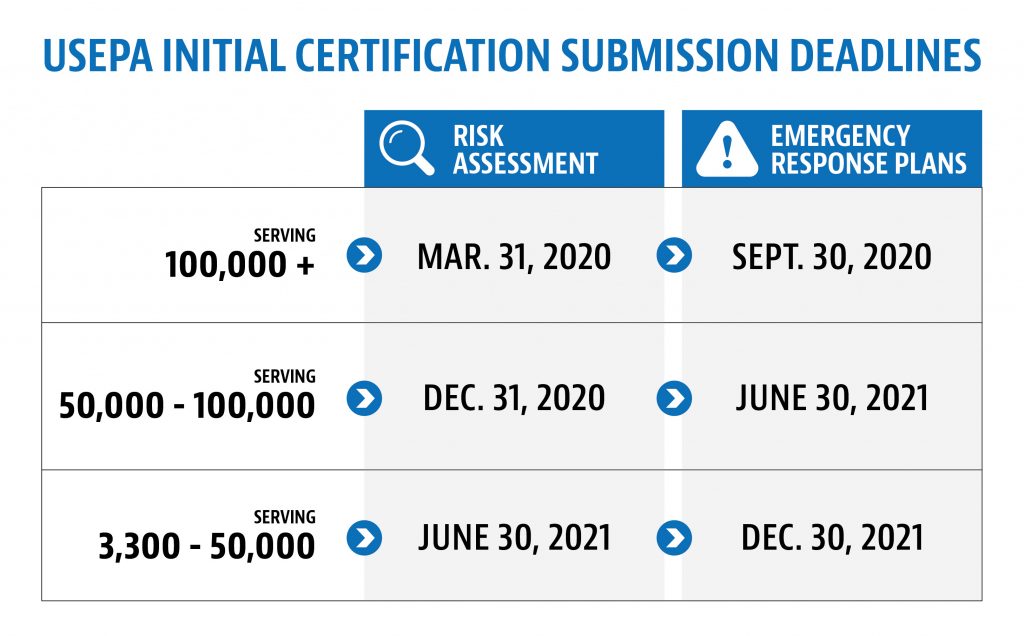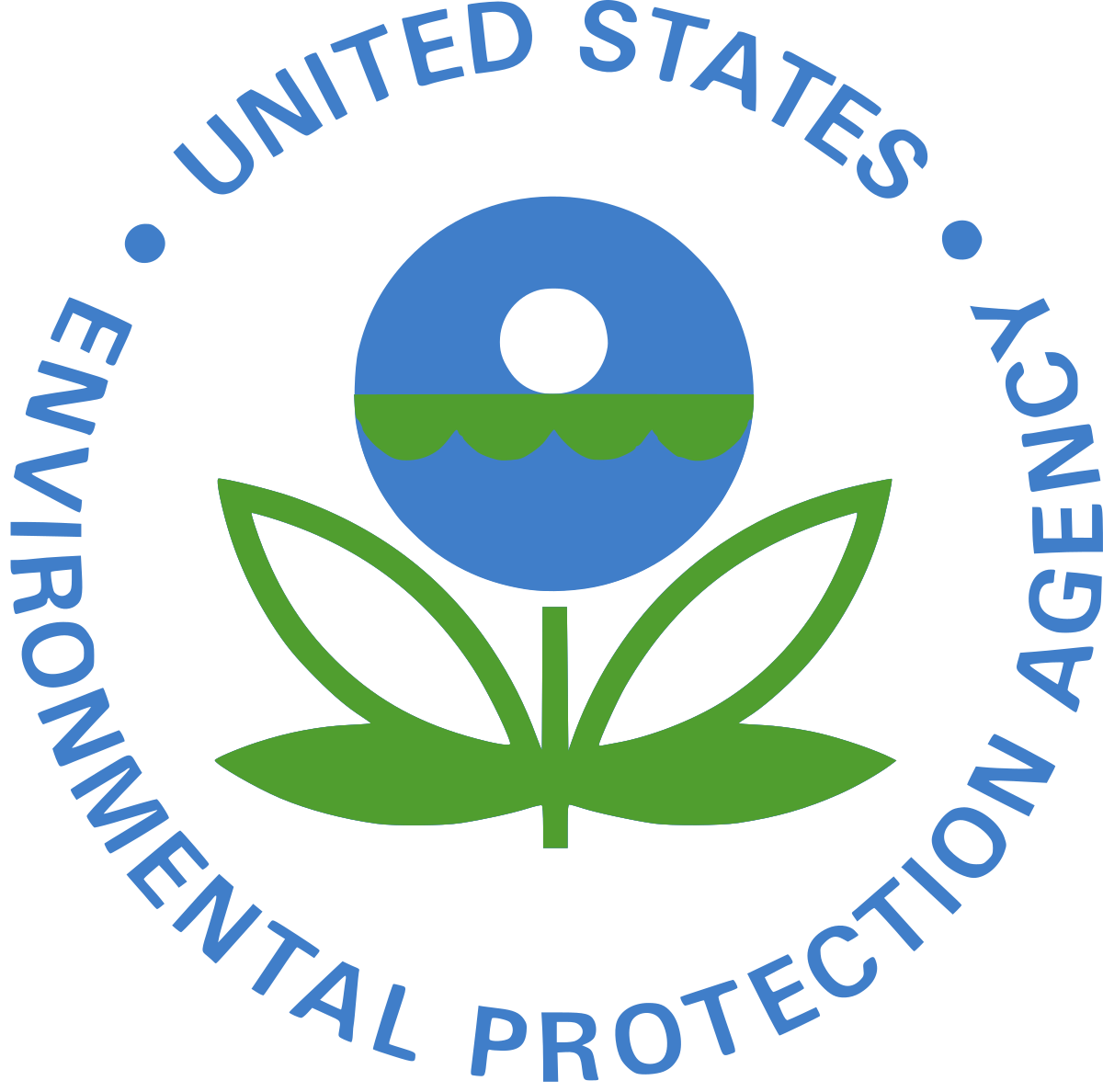Community water systems are facing new requirements for water supply security, resiliency, and emergency response under the America’s Water Infrastructure Act (AWIA). The U.S. Environmental Protection Agency (USEPA) released several tools in August to help utilities comply with AWIA requirements.
The Vulnerability Self-Assessment Tool (VSAT) helps water providers prepare an AWIA Risk and Resilience Assessment. The USEPA says by using VSAT Web, a utility can identify the highest risks to mission-critical operations and find the most cost-effective measures to reduce those risks. AWIA requires that Risk and Resilience Assessments account for the following components:
- Malevolent acts such as vandalism or terrorism.
- Natural hazards.
- Resilience of pipes and constructed conveyances, physical barriers, source water, water collection and intake, pretreatment, treatment, storage and distribution facilities, electronic, computer, or other automated systems (including the security of such systems) which are utilized by the water system.
- Monitoring practices of the system.
- Financial infrastructure of the system.
- Use, storage, and handling of various chemicals by the system.
- Operation and maintenance of the system.
- Optional evaluation of the capital and operational needs for risk and resilience management for the system.
In addition, USEPA shared an Emergency Response Plan template with instructions to help water systems develop or revise existing Emergency Response Plans. Under AWIA, each community water system must develop or revise its Emergency Response Plan no later than six months after certifying the completion of its Risk and Resilience Assessment. Water utilities must coordinate with local emergency planning entities when preparing response plans. Under AWIA, Emergency Response Plans should include:
- Strategies and resources to improve the resilience of the system, including the physical security and cybersecurity of the system.
- Plans and procedures that can be implemented, and identification of equipment that can be utilized, in the event of a malevolent act or natural hazard that threatens the ability of the community water system to deliver safe drinking water.
- Actions, procedures, and equipment, which can prevent or significantly lessen the impact of a malevolent act or natural hazard on the public health and the safety and supply of drinking water provided to communities. Such items include the development of alternative source water options, relocation of water intakes, and construction of flood protection barriers.
- Strategies that can be used to aid in the detection of malevolent acts or natural hazards that threaten the security or resilience of the system.
USEPA also unveiled an online portal called the AWIA Certification System that allows community water systems to certify the completion of Risk and Resilience Assessments and Emergency Response Plans.
Here are the deadlines associated with the AWIA.

View the AWIA flyer here for more information. Contact Nate Weisenburger, AE2S Drinking Water Practice Leader, for guidance on complying with AWIA requirements.
AE2S is staying on top of the latest AWIA updates to provide the most up to date information to our clients. As part of that effort, we will be monitoring the USEPA’s Region 8 webinar about AWIA on October 10, 2019 from 11:00 a.m. – 6:00 p.m. (CDT). The USEPA is accepting online registrations until October 1 to participate in the webinar online or in person.

